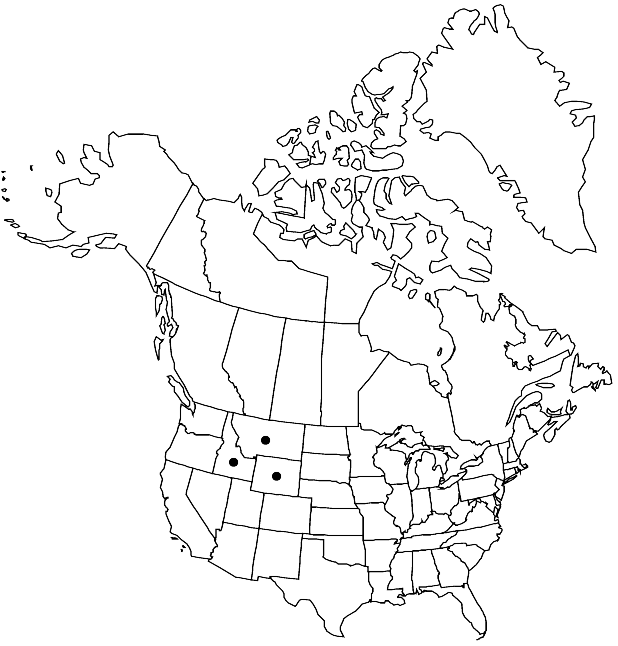Difference between revisions of "Physaria integrifolia"
Madroño 31: 203. 1984.
imported>Volume Importer |
imported>Volume Importer |
||
| Line 57: | Line 57: | ||
|publication year=1984 | |publication year=1984 | ||
|special status= | |special status= | ||
| − | |source xml=https:// | + | |source xml=https://bitbucket.org/aafc-mbb/fna-data-curation/src/2e0870ddd59836b60bcf96646a41e87ea5a5943a/coarse_grained_fna_xml/V7/V7_1075.xml |
|tribe=Brassicaceae tribe Physarieae | |tribe=Brassicaceae tribe Physarieae | ||
|genus=Physaria | |genus=Physaria | ||
Latest revision as of 22:30, 5 November 2020
Perennials; caudex usually branched, (rhizomelike, cespitose); densely (silvery) pubescent, trichomes (often stalked, appressed), several-rayed, rays furcate or bifurcate, (umbonate, strongly tuberculate throughout). Stems several from base, ± erect, exceeding basal rosette by ± 0.5 dm. Basal leaves (forming a strong rosette; long-petiolate); blade oblanceolate to ovate or orbicular, (1.5–)2–4(–8) cm, (base usually abruptly tapering to petiole), margins entire. Cauline leaves: blade oblanceolate, 1–2 cm, margin entire, (apex acute). Racemes congested, (greatly exceeding leaves). Fruiting pedicels (spreading, straight or slightly curved), 7–11 mm. Flowers: sepals often keeled, 6–8 mm; petals spatulate, 8–10 mm. Fruits didymous, highly inflated, 8–22 × 10–25 mm, (papery, basal and apical sinuses deep); valves (retaining seeds after dehiscence), densely pubescent, trichomes appressed; replum linear to oblong, as wide as or wider than fruit; ovules 8 per ovary; style 7–9 mm. Seeds flattened. 2n = 16.
Phenology: Flowering (May-)Jun–Jul(-Aug).
Habitat: Calcareous hills and slopes, shale-limestone cliffs, bare steep slopes, red clay banks, shale
Elevation: 1900-2700 m
Distribution

Idaho, Mont., Wyo.
Discussion
Physaria integrifolia has traditionally been recognized as a variety of P. didymocarpa, but it is morphologically and ecologically quite distinctive. Variety monticola (no combination has been made at subspecific rank) is not recognized here; it is considered another example, in the genus, of caudices elongating in response to shifting substrates.
Selected References
None.